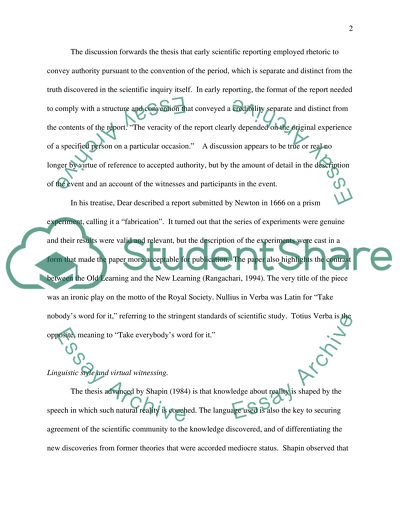Cite this document
(“Establishing scientific academies and credibility Research Paper”, n.d.)
Retrieved from https://studentshare.org/family-consumer-science/1424339-establishing-scientific-academies-and-credibility
Retrieved from https://studentshare.org/family-consumer-science/1424339-establishing-scientific-academies-and-credibility
(Establishing Scientific Academies and Credibility Research Paper)
https://studentshare.org/family-consumer-science/1424339-establishing-scientific-academies-and-credibility.
https://studentshare.org/family-consumer-science/1424339-establishing-scientific-academies-and-credibility.
“Establishing Scientific Academies and Credibility Research Paper”, n.d. https://studentshare.org/family-consumer-science/1424339-establishing-scientific-academies-and-credibility.


